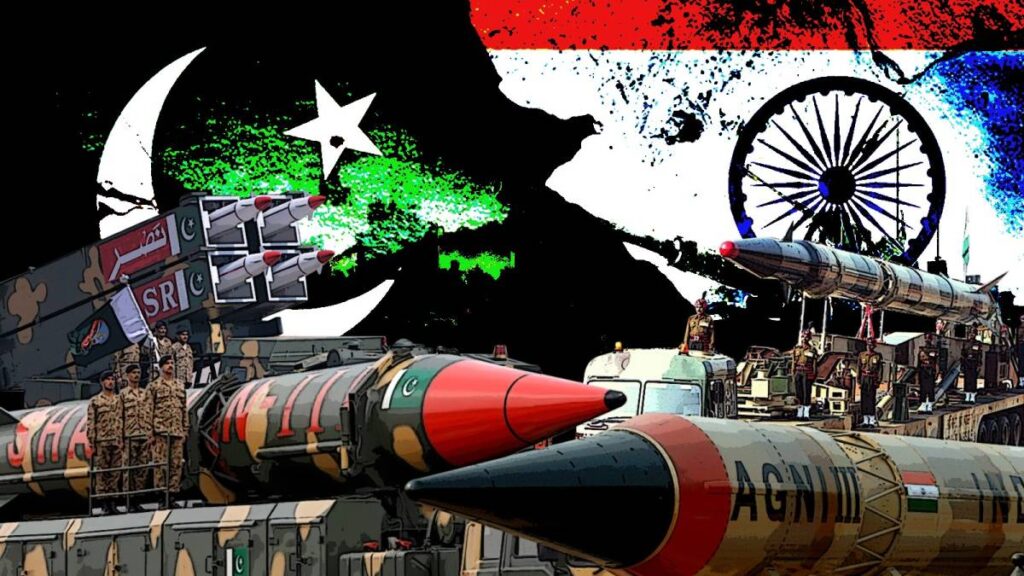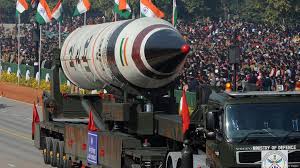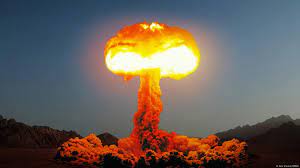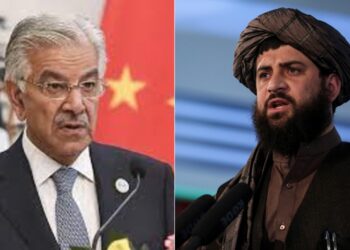Sarosh Mustafa

It begins not with sirens, but with silence—the kind that precedes catastrophe. A single launch order, born of panic, pride, or miscalculation, could change the trajectory of human history. Within minutes, the skies above South Asia would glow with fire as nuclear warheads arc toward their targets. Delhi, Mumbai, Karachi, Lahore—megacities that together hold more than 80 million lives—would be consumed in blinding flashes. Centuries of civilization would collapse into firestorms. The world would awaken to find more people dead in a single day than during the entirety of the Second World War.
The Immediate Toll
India and Pakistan together hold an estimated 250–300 nuclear warheads, each capable of obliterating entire cities. Even a limited exchange could kill between 50 and 125 million people within weeks, according to Princeton University’s “Plan A” nuclear war simulations. The destruction would be sudden and overwhelming: shockwaves flattening neighborhoods, firestorms consuming oxygen, and radiation poisoning survivors with no medical relief.
A Region Engulfed
South Asia, home to over 1.7 billion people, is the most densely populated nuclear flashpoint on Earth. Unlike the Cold War’s remote silos, the targets here are living cities. Fallout would contaminate rivers across the Indus and Ganges plains, devastate agriculture, and erase borders as radioactive clouds drift freely across nations.

The Global Climate Catastrophe
Research from Rutgers University shows that burning cities would release 5–6 million tonnes of black carbon into the stratosphere. Shielded from rain, this smoke would spread worldwide, dimming sunlight and plunging Earth into “nuclear dusk.” Global temperatures could fall by 1–2°C, monsoons could fail, and food systems across Asia and Africa could collapse. The result: a planetary famine threatening up to 2 billion people.
Unequal but Devastating Losses
India’s megacities make it more vulnerable in absolute numbers, but Pakistan faces an existential risk. With a population of 255 million, even a partial strike could collapse governance, infrastructure, and society itself. The grim reality: in nuclear war there are no victors—only varying degrees of annihilation.
A Fragile Deterrence
India and Pakistan’s arsenals are separated by less than 3,000 kilometers—closer than any other nuclear rivals in history. Decades of hostility, terrorism, and crises over Kashmir keep tensions simmering. A militant attack, accidental incursion, or miscalculation could ignite a spiral of escalation neither side could control.

The Unthinkable, Yet Possible
Behind every statistic are real lives—children in Delhi’s schools, farmers in Punjab’s fields, families in Karachi’s bazaars. A nuclear war would erase them in moments. Yet the catastrophe is not inevitable. Deterrence and diplomacy have so far held back the shadow of annihilation. But the possibility remains, a reminder that the fate of South Asia’s two rivals could one day decide the fate of the world.























